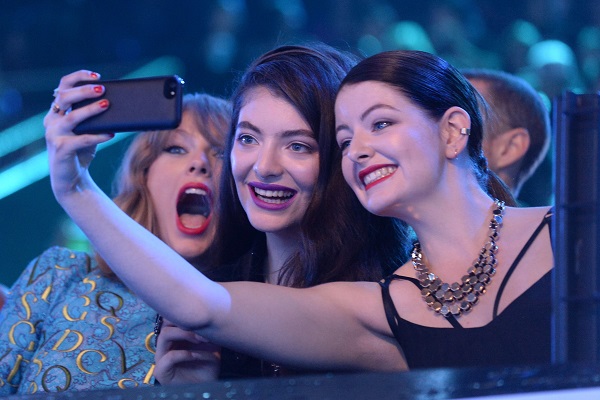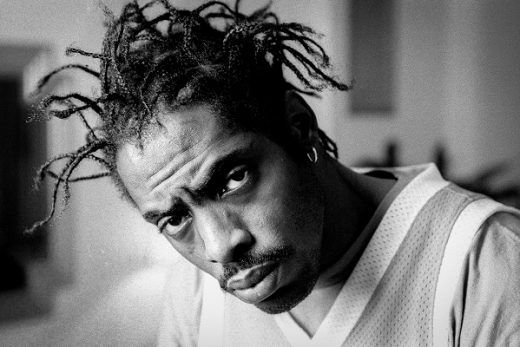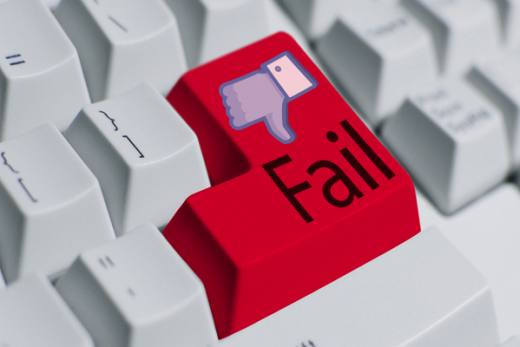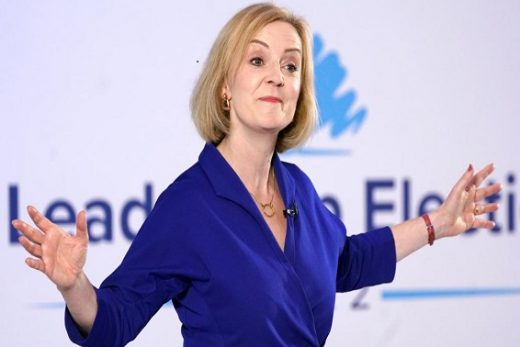Within two decades, Technology has covered a wide space around everything we do or whatever we want to do. It has now become an essential part of our life. You may find interesting that the first selfie (self-portrait) was taken by the American pioneer of photography and a lamp manufacturer, Robert Cornelius in 1839. The selfie is a photograph which we take with the help of a digital camera or smartphone with the support of hand or selfie stick. In today’s topic, we will discuss the story of selfie and how it is helping to grow the present marketing sector. For this, we will also talk about the social media platforms as studies show the average 18 to 24-year-old uses at least three social media platforms. Let’s check out how selfies are impacting and influencing the marketing sector. Stay tuned.
The Story of Selfie. How it Start?
After we entered the social media age, especially when we began having photograph clicks, the art of clicking selfie sprouted unimaginably. Many of the people all over the world ended up posting a large number of selfies throughout different social media platforms like Snapchat, Instagram & Twitter.
As per the historians, the first-ever selfie was taken by a Philadelphia native, Robert Cornelius. Different researches show that people always had a desire to click a self-portrait or take a snapshot image of ourselves.

Right after the smartphone era took its place, the word ‘selfie’ earned itself a space in the Oxford dictionary in 2013. At the beginning, the trend for selfies rose with the hashtags; #duckface and #Iwokeuplikethis. During the time, the director of the Media Psychology Research Centre, Dr Pamela Rutledge stated:
“We enjoy opportunities to experiment with different identities -and the selfie allows just that. We all want to be able to ‘try’ on a new image and imagine we would feel as that part of ourselves.”
Thus, there is no doubt on how people want to experiment with new things, even when it comes to clicking a picture.
Read this: The Rapid Popularity of TikTok
How Selfie Influence on Marketing
We mentioned prior that people always want to experiment with new things. So with the marketing sector, where the selfie trend allowed the market to connect with their audience on a new level. As taking selfies was a new thing for the public initially, it grabbed a huge audience within a short period and of course, helped marketing in a way than we ever imagined. Let’s check out in points.
Apply Sefie Campaigns
At present, there are so many companies and brands who are applying selfie campaigns for the marketing of their products or services. Due to the digital marketing campaigns, it is now easy to reach so many peoples around the world.
When it comes to selfie campaigns, it is taken the more appropriate way of marketing. The AMC Network developed an app which made the public to share zombified photos on Instagram using the hashtag #deadyourself. This created a high-level buzz in the show and also became most-watched shows in the TV industry.
The trend of posting selfies on different social media profiles has grown up to its optimum. As per the reports of 2016, 24 billion selfies uploaded online. The reports also say that around 94 million selfies are added to the web every single day. So, we can assume how the selfie is affecting the marketing sector.

In today’s world, there are a lot of famous personalities standing as social media influencers. Due to their presence on different social media profiles i.e. Facebook, Instagram & Twitter, the marketing field is extending to a high level. People can promote or support the brands through posting selfies which directly helps in marketing.
Selfie on Development Products
After launching various digital campaigns, the companies and brands could easily connect to the audience. They can find the experiences of the consumers and could be aware of the development of the products.
For instance, a Swedish luxury automobile marque, Volvo launched its #SelfieForSafety campaign which focused on the customers’ safety asking them to click a selfie while wearing a seatbelt inside their parked cars. The study found out that four in 10 people war their seatbelts incorrectly which may help Volvo to develop their brand in the future.




1 Response
[…] 1 more: The Story of Selfie & Its influence on Marketing […]